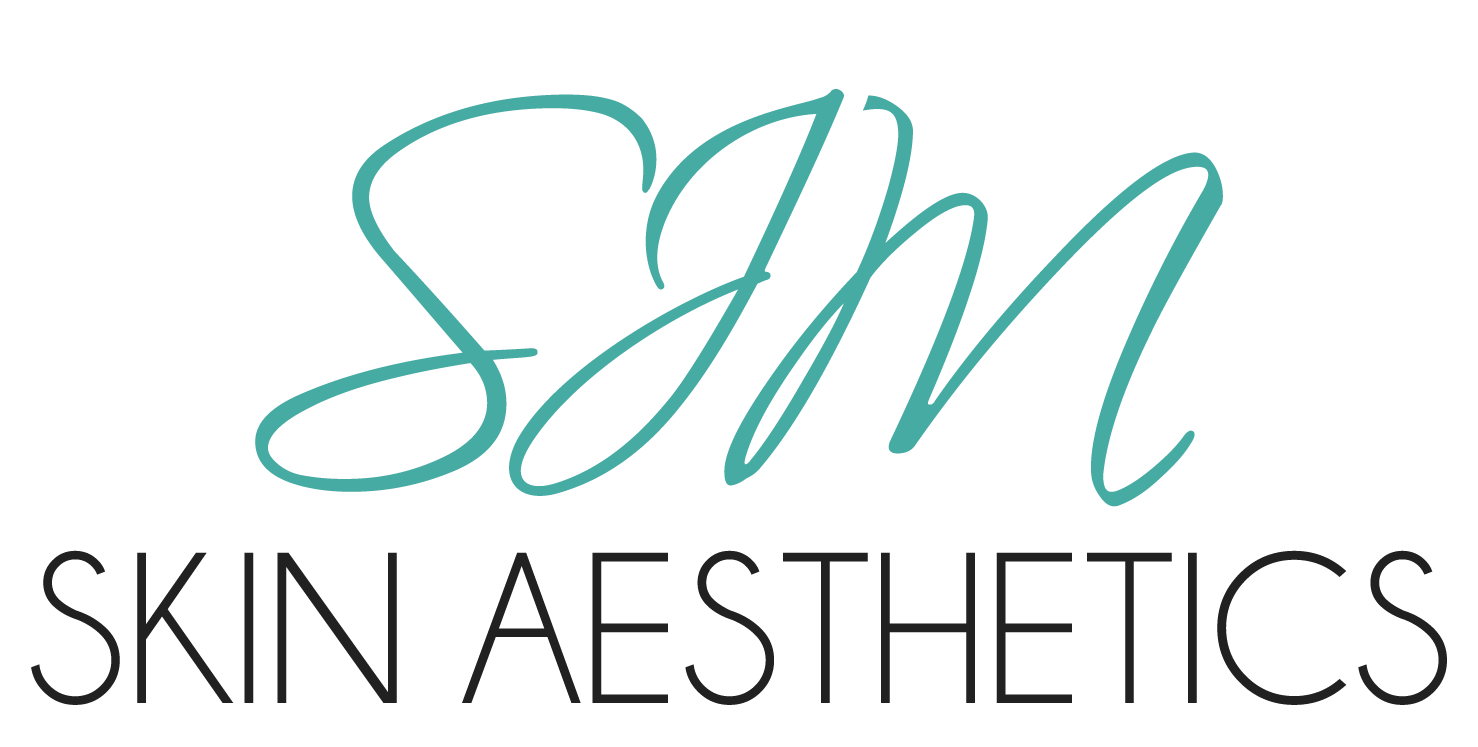The Benefits of LED light therapy
LED (Light Emitting Diode) is a modality commonly used in skin clinics around the world, it's a non invasive yet powerful tool that can be used to support and combat multiple skin conditions and increase skin health on a cellular level.
Interestingly enough, LED was first invented by NASA to grow plants up in space, and whilst undertaking these experiments it was realised by scientists that the LED lights had wound healing capabilities on human skin, amazing!
LED light therapy works by targeting the mitochondria of the cell. What is a mitochondria you ask? It's the powerhouse of cells and responsible for the production of energy. Mitochondria produce most of the energy in our bodies, damage to mitochondria can be made through oxidative stress, poor diet and lifestyle and UV exposure. Boosting the mitochondria energy can be done through healthy nutrition and exercise, and within the skin LED can be used to target the mitochondria to start producing more energy and therefore increasing cellular metabolism. A light used to give a big boost of energy to our skin cells? How cool is that!
The different wavelengths of light emit different colours and they reach different depths within the skin layers. The wavelength chosen is based on the part of the skin wished to be treated and the effect it will have on that layer.
Red LED (633m) Targets the dermal layer of skin, where our collagen and elastin fibres lie. By using this wavelength of light it stimulates the fibroblast cells which are responsible for synthesising collagen and elastin. The red LED light can be used for collagen synthesis, healthy ageing, wound healing, tissue repair and increase of circulation.
Blue LED (420nm) Is a more superficial wavelength. This wavelength carries antibacterial properties, it has the ability to control sebum production and kill acne causing bacteria. Antimicrobial.
Yellow LED (590nm)Is a wavelength used to stimulate the lymphatic system which is responsible for waste and toxin removal in the body, this wavelength is also used for reducing inflammation and redness in the skin whilst still having a positive influence on photo ageing.
Green LED (525nm)
More superficial wavelength, ideal for hyper pigmented skins, redness and barrier repair.
Near Infra Red (NIR) (830nm) This wavelength is not visible to the human eye, it reaches much deeper and is used for wound healing, muscle pain and inflammation.
